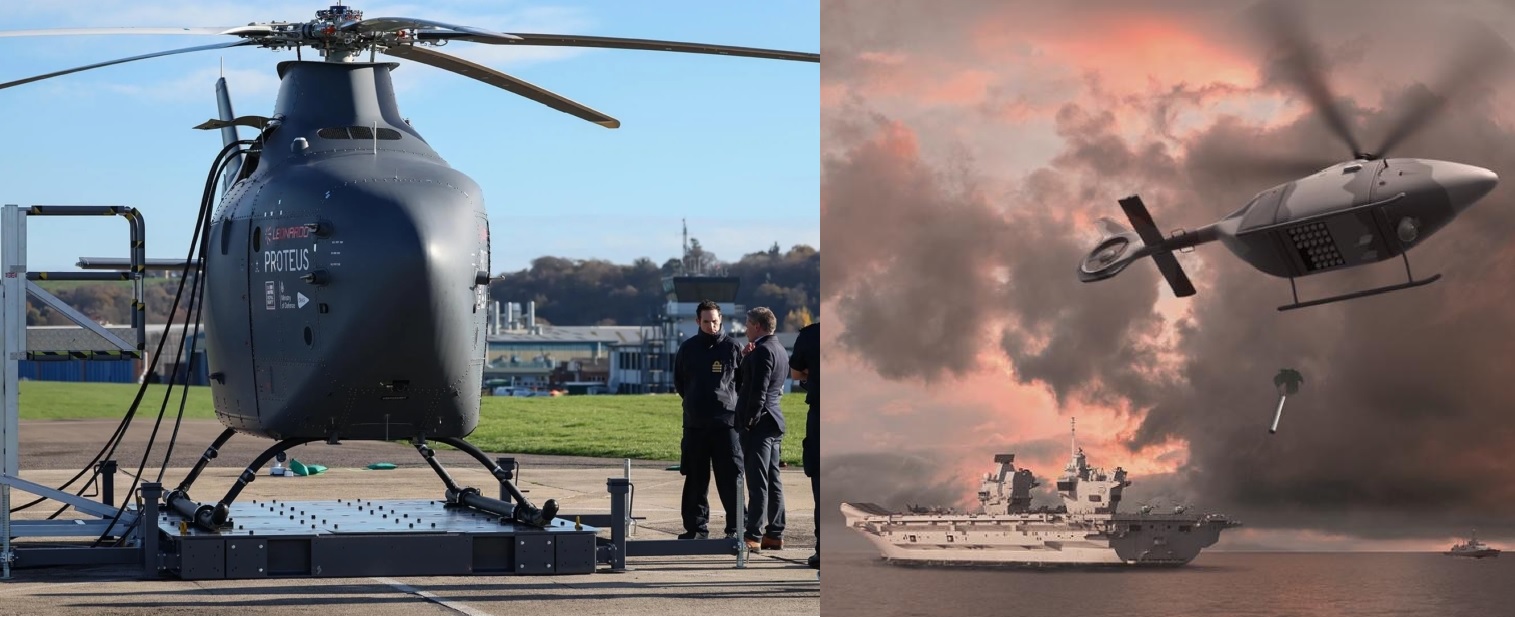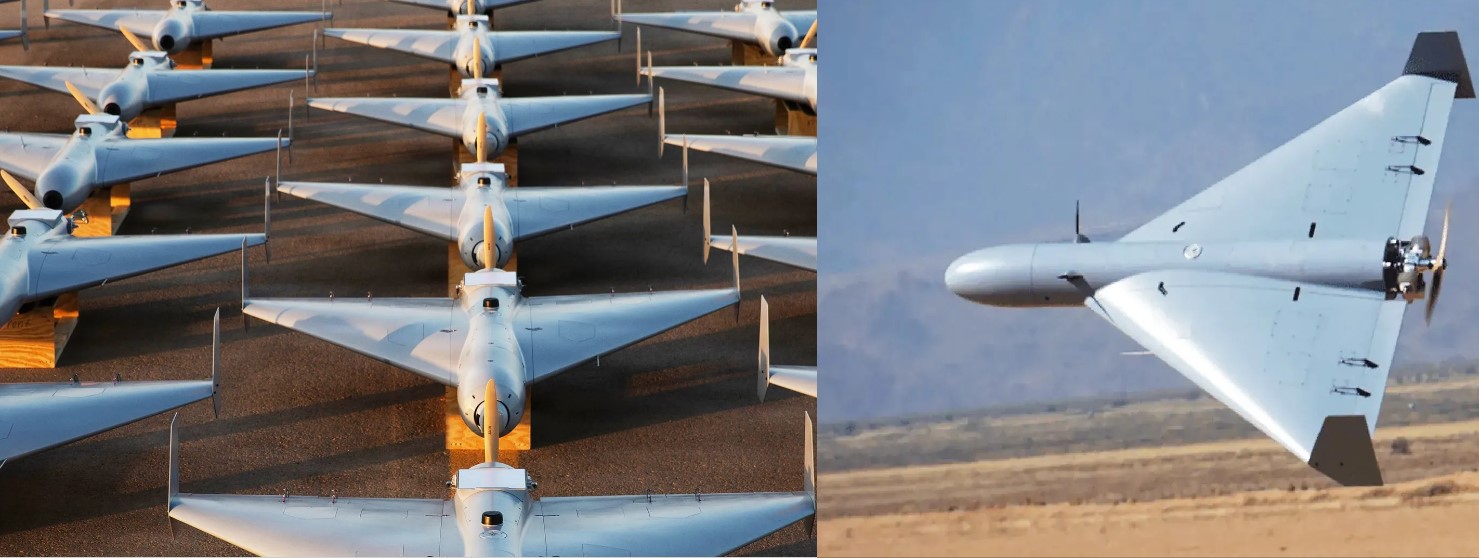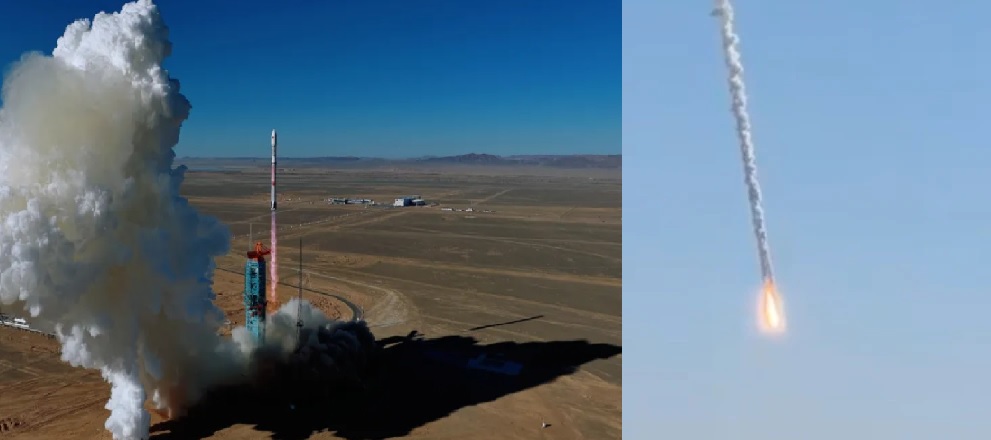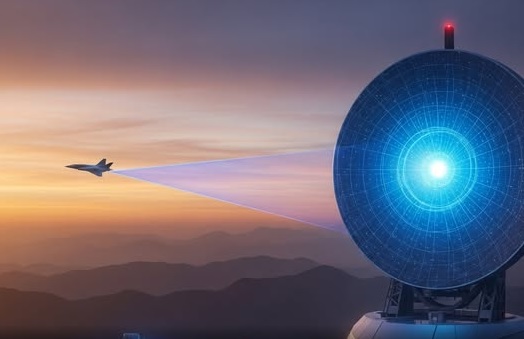DRDO Conducts Maiden Flight Test of Integrated Air Defence Weapon System
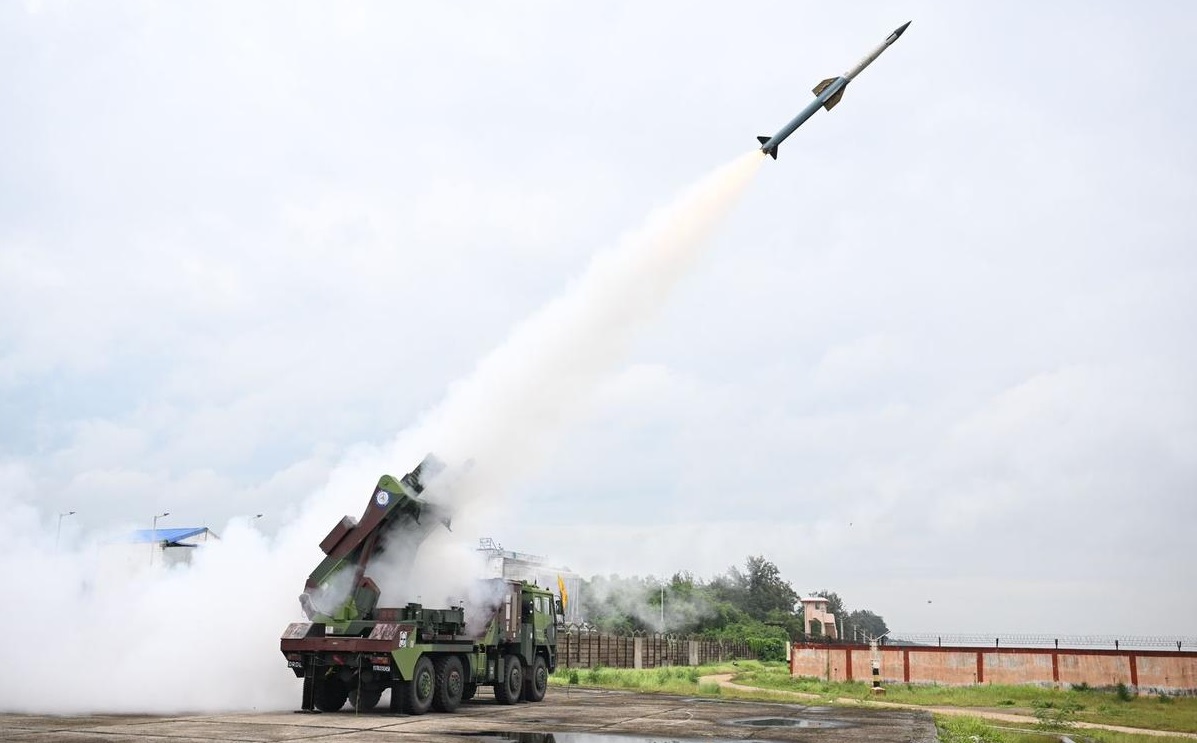
Odisha, August 23, 2025 – In a landmark achievement for India’s defence research and indigenous capability development, the Defence Research and Development Organisation (DRDO) successfully carried out the maiden flight test of the Integrated Air Defence Weapon System (IADWS) at 12:30 pm off the coast of Odisha. The test validated India’s most advanced multi-layered air defence architecture, designed to protect critical infrastructure and military formations from a wide spectrum of aerial threats.
India’s First Multi-Layered Defence Network
The IADWS is India’s first fully indigenous integrated air defence system, combining Quick Reaction Surface-to-Air Missiles (QRSAMs), the Advanced Very Short Range Air Defence System (VSHORADS), and a Directed Energy Weapon (DEW) into a unified shield. Together, these systems form a multi-tiered architecture with overlapping layers of protection, eliminating gaps that single-layered defences often suffer from.
-
QRSAM: Provides medium-range defence, intercepting hostile aircraft, drones, or cruise missiles at 30–35 km range and altitudes up to 15 km. It is road-mobile, offering both flexibility and speed, ideal for protecting forward bases and mobile formations.
-
VSHORADS: Covers the low-altitude domain, targeting helicopters, UAVs, and low-flying aircraft within 6–7 km. This ensures effective point defence where longer-range systems may be less effective.
-
Directed Energy Weapon (DEW): Perhaps the most revolutionary component, the high-power laser system offers speed-of-light engagement, near-unlimited firing cycles, and cost-efficient neutralisation of aerial threats. This non-kinetic option is particularly effective against drone swarms and saturation attacks, where conventional missiles may prove too expensive or limited.
Successful Test and Operational Significance
During the maiden trial, DRDO validated:
-
Target acquisition and tracking radars.
-
Command and control networks.
-
Coordination between multiple layers of the defensive shield.
-
Engagement protocols for simultaneous threats.
The demonstration confirmed that the IADWS can neutralise multiple categories of threats in real time under a unified command structure.
Defence Minister Rajnath Singh congratulated the DRDO team, stating that the system showcases the maturity of India’s indigenous defence R&D ecosystem. He emphasised that the capability would provide critical area defence for vital installations and enhance India’s self-reliance in advanced defence technologies under the Atmanirbhar Bharat initiative.
Strategic Context
The successful IADWS test comes just three days after the Agni-5 Intermediate-Range Ballistic Missile test on August 20, 2025, underscoring India’s dual-track strategy of strengthening both offensive and defensive capabilities. Together, these achievements mark a comprehensive approach to deterrence:
-
Offensive Strike Power through long-range ballistic missiles.
-
Defensive Superiority through multi-layered air defence systems.
This integrated deterrence posture significantly boosts India’s ability to counter threats from drones, stealth aircraft, cruise missiles, and even emerging hypersonic weapons.
Closing the Gap with Global Powers
Globally, layered air defence systems are dominated by solutions like the U.S. Patriot and THAAD, Russia’s S-400, and Israel’s Iron Dome and Barak systems. With the IADWS, India now joins the league of nations capable of fielding homegrown multi-tiered air defence networks. Importantly, by developing these technologies indigenously, India reduces dependence on imports while creating opportunities for future exports under the “Make in India – Make for the World” vision.
The inclusion of directed-energy weapons marks a future-oriented step, resonating with next-generation warfare concepts where laser-based defences could transform both the economics and dynamics of aerial combat.
With the maiden test successfully demonstrating proof of concept, the IADWS will now undergo extensive field trials across varied terrains and operational scenarios. These will include live intercepts of fast-moving aircraft, cruise missile surrogates, drone swarms, and coordinated electronic warfare environments.
Once fully operational, the IADWS will be deployed to safeguard strategic assets, including nuclear installations, command hubs, air bases, and vital industrial zones.
The successful maiden test of the Integrated Air Defence Weapon System (IADWS) marks a technological breakthrough and a major step toward fortifying India’s skies against 21st-century aerial threats. By combining QRSAM, VSHORADS, and laser-directed energy weapons into a seamlessly integrated defence shield, DRDO has laid the foundation for a future-ready, indigenously built national air defence network.
This achievement not only boosts India’s strategic deterrence but also signals the country’s emergence as a global leader in advanced defence technologies.
✍️ This article is written by the team of The Defense News.
